That is in the entire US machine shop market.
As you can see, the bulk of the business is in small business. Machine Shops with under 20 employees. Granted, it's great to get the really big machine shops to convert to your products and implement it throughout their facilities, but the smaller companies are going to require much much more work to get to them.
If you decide that you want to target the smaller machines shops there's both good news and bad news:
The Good
Smaller Shops can make decisions quicker.
The owner is generally the decision maker and not far removed from the production floor.
Payment is generally quicker. Larger shops tend to be slower pay than small shops that value the importance of maintaining credit.
The Bad
You will have to make many more calls and learn to establish credibility and rapport.
You can't hide any minor errors or omissions. Each of your products that are purchased are going to be needed and quality is going to be expected.

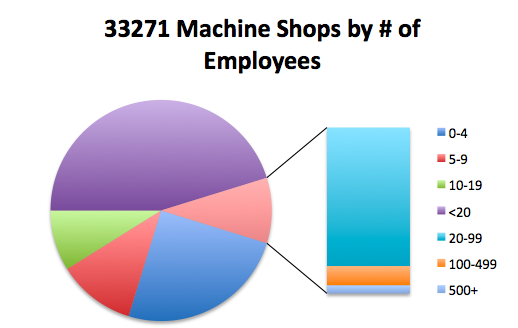



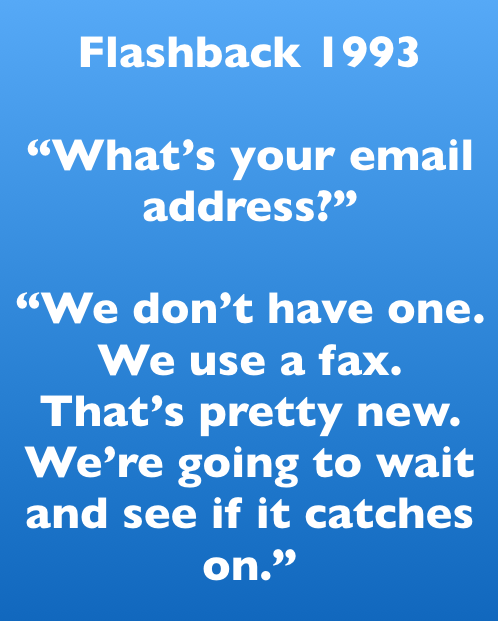
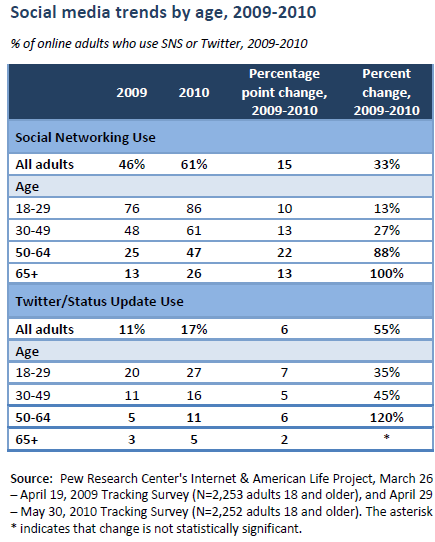


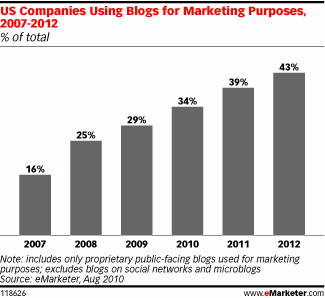
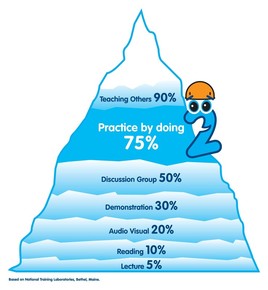
 RSS Feed
RSS Feed